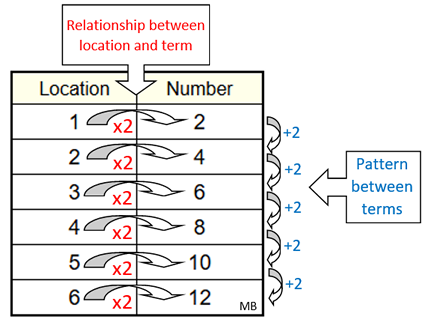Introduction
The region of Kaiserslautern, located in Germany’s Rhineland-Palatinate, is steeped in rich linguistic traditions and is part of the broader Palatine dialect family. This unique linguistic environment adds to the fascination surrounding local forms of communication, especially in the context of specific terminology or “language” that serves specialized needs, such as industrial or technical settings. The use of terms like partnumberranges may seem esoteric but ties into the region’s characteristic ways of handling terminology and language, especially when discussed within certain industry-specific frameworks.
For more intresting topic click this : ReliaBilt 5329068
1. The Linguistic Setting: Palatine Dialects and Influences
The Kaiserslautern area is home to a number of dialects under the umbrella of Palatine German, or Pälzisch. This regional dialect is part of the West Central German group, which includes unique phonetic features like vowel shifts, loss of certain consonants, and distinct vocabulary that diverges significantly from Standard High German. For example, the dialect spoken in Kaiserslautern exhibits differences from neighboring areas like Vorderpfalz, which have their own nuanced linguistic markers. Words in this dialect may sound strikingly different from their High German counterparts, revealing a deep and rich cultural history.
For those unfamiliar, the sentence “I have already told him, but he didn’t believe me” in Kaiserslautern’s variant of Palatine German might sound like: Ich hann’s’m schunn verzehlt, awwer er had mer’s net geglaabt, showcasing distinct pronunciation shifts and simplified grammatical structures.

2. The Concept of “Partnumberranges” in Language
The term partnumberranges is likely associated with Kaiserslautern’s well-established ties to engineering and industrial enterprises. Known for its technology-driven economy and its proximity to centers like the University of Kaiserslautern, the area has a history of fostering technological advancements. It’s plausible that partnumberranges refers to a system or structured approach for classifying parts or components, essential in fields like mechanical engineering, manufacturing, and automotive industries.
Such language could be integral in various technical applications where categorizing parts with precision is necessary. This may also be rooted in a larger trend within specialized German engineering, where descriptive compound terms are created to offer clarity and specificity. In essence, the linguistic evolution of technical terms like partnumberranges reflects the practical communication needs of Kaiserslautern’s industries.
3. Technical Language as a Cultural Bridge
In Kaiserslautern and other areas with a strong technical or manufacturing focus, the evolution of specialized language can be seen as a cultural bridge. It melds the region’s heritage with the demands of modern industry. The local dialect, while deeply traditional, has adapted and even embraced foreign terms and constructs, especially in sectors that require a shared global understanding, such as automotive and aerospace engineering.
4. Language as a Reflection of Kaiserslautern’s Identity
Kaiserslautern stands as a microcosm of linguistic adaptation, balancing between tradition and technological progress. The prevalence of terms like partnumberranges highlights how the region embraces both historical dialects and a need for precise, often globally understood terminology. The influence of global languages, especially English, is significant in these specialized areas, as it allows the region to connect with international markets and technological fields.
The community in Kaiserslautern, enriched by a diverse population including expatriates, often navigates between the warmth of Palatine German and the technical precision of specialized industry language. The city’s identity is therefore a tapestry woven from historical dialect, international influences, and the linguistic innovations required by its robust technical sectors.
Conclusion
The linguistic landscape of Kaiserslautern offers a fascinating study in adaptation and specificity. From its distinct Palatine dialect to the practical, globally relevant terminology like partnumberranges, language in this region mirrors its dynamic cultural and economic shifts. It serves as a reminder of how language can be both a cultural artifact and a tool of precision, especially in regions where tradition meets innovation.
Understanding Kaiserslautern’s language, both traditional and modern, invites a deeper appreciation of how communities evolve linguistically to meet new challenges, while still cherishing their roots.
For more information about : Partnumberranges


